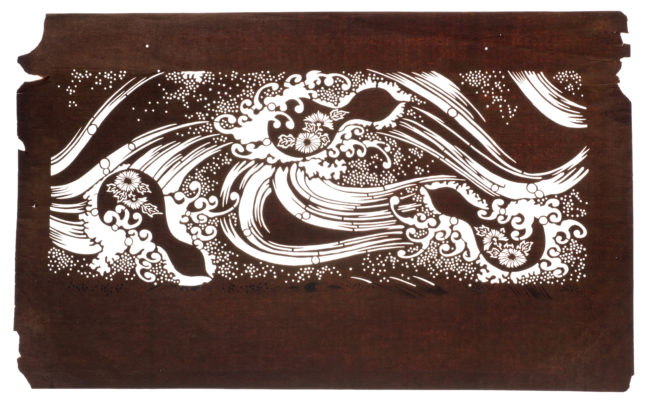Mamiko Markham: Katagami Uncovered
Mamiko Markham used infrared photography to uncover the hidden meanings of MoDA's katagami stencils [video].
Dr Sarah Desmarais: Drawing Inspiration from Katagami Stencils
Sarah Desmarais uses drawing techniques to get to know the katagami through practical engagement.







Comments